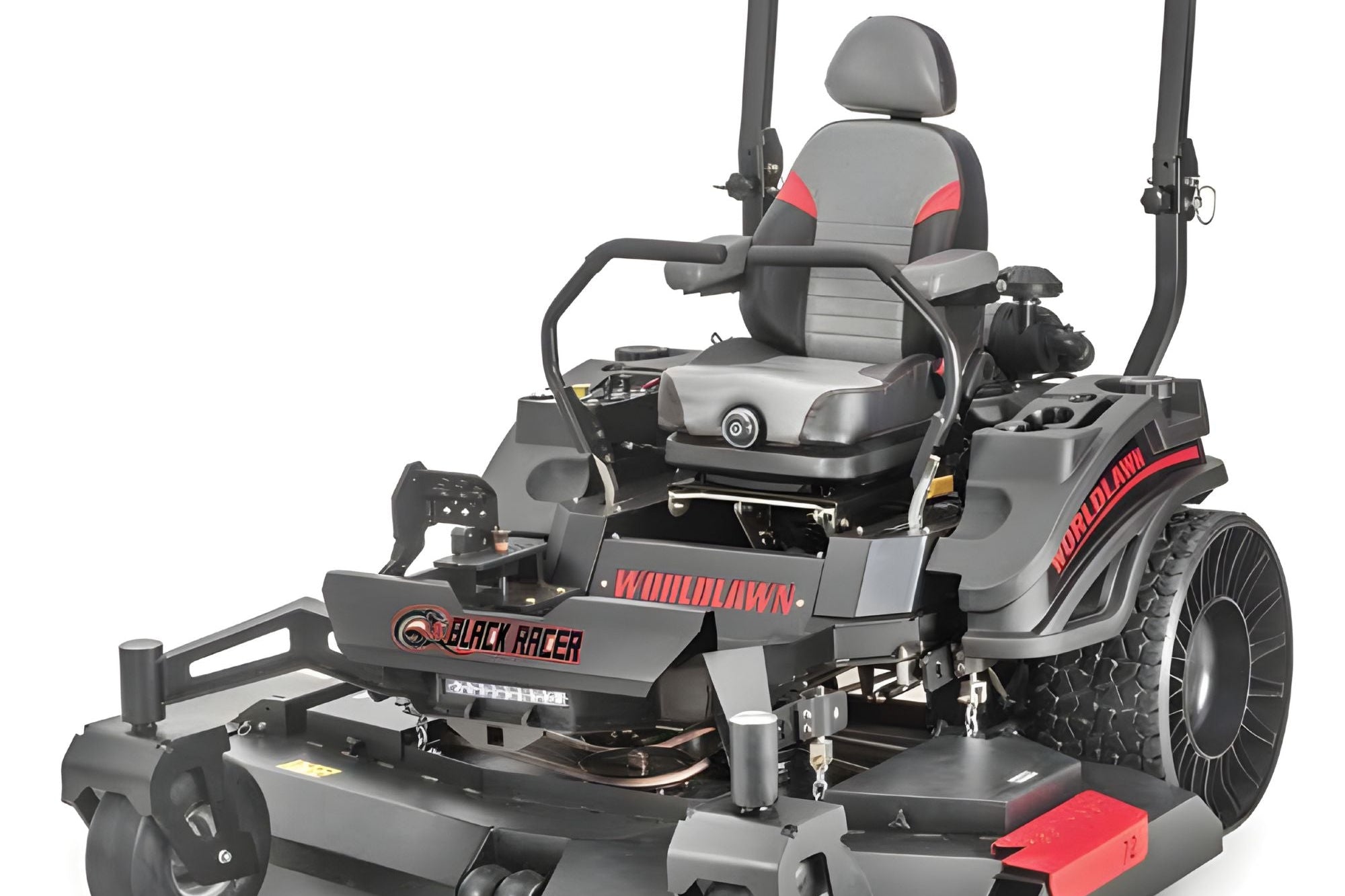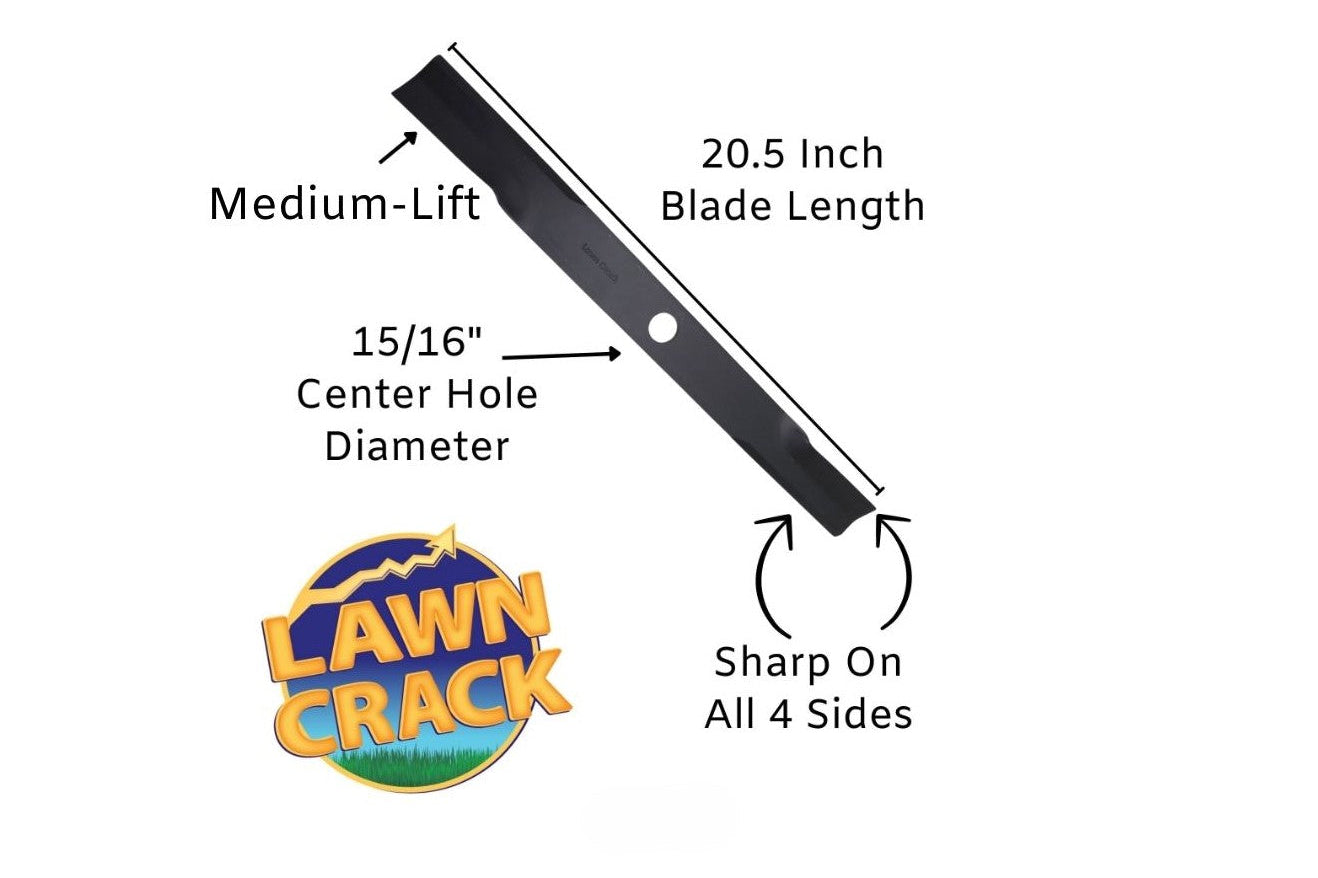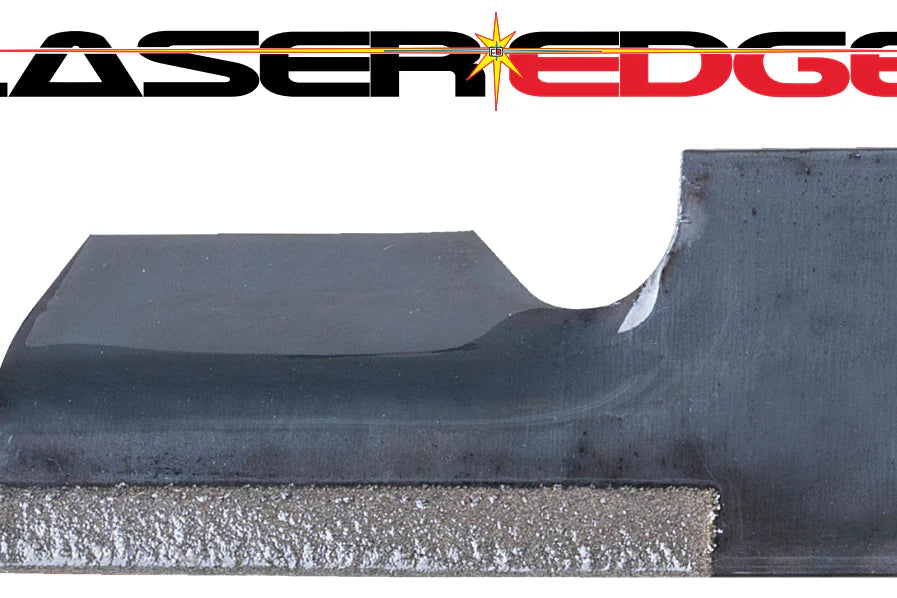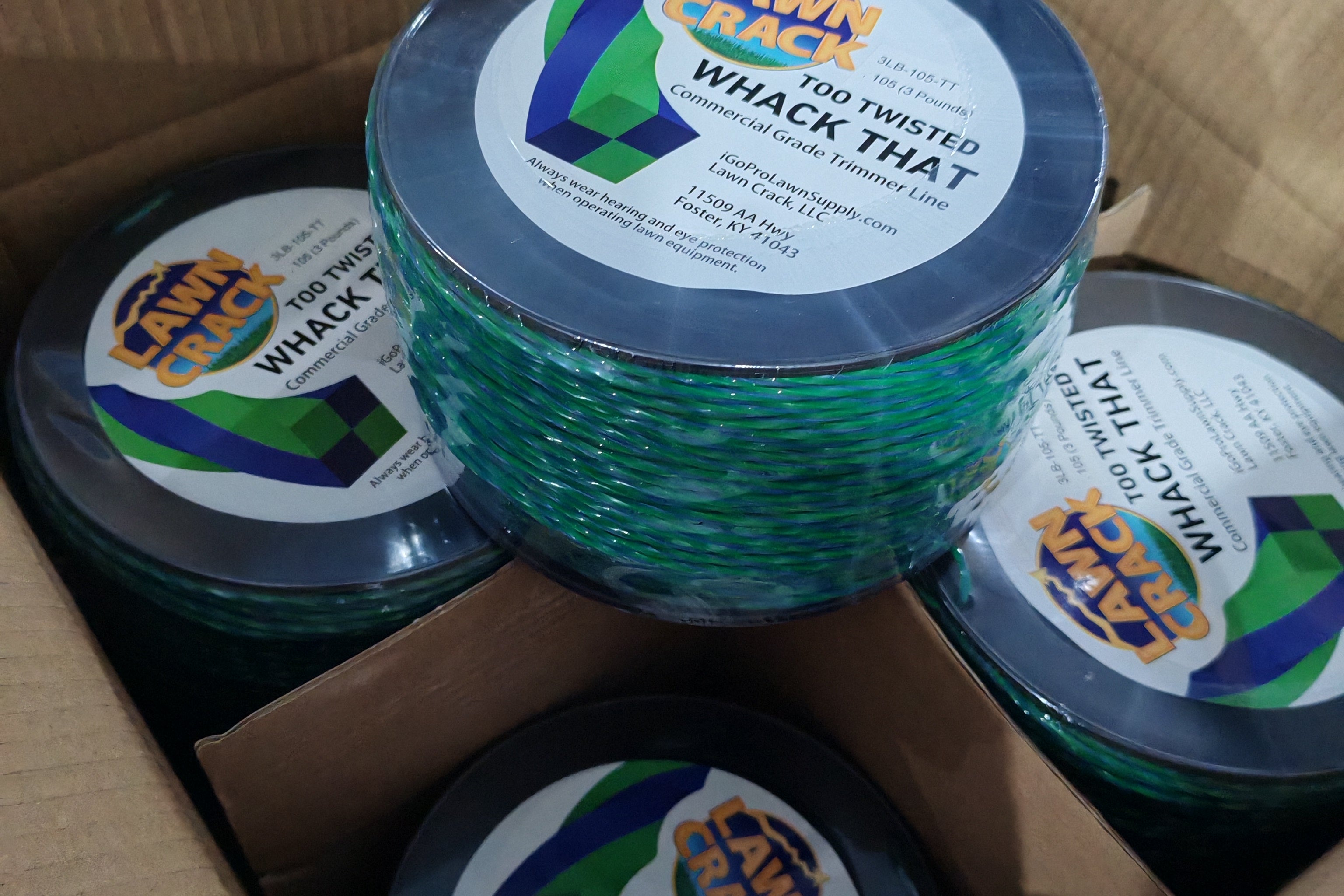It's 9:00 AM on a beautiful Saturday morning this summer. Your daughter has a soccer game at 11:00 AM and you are ready to get a little lawn mowing done before the game.
You pop open the garage door, head on over to your lawn mower, and give the pull string a swift tug to fire it up. And...nothing happens!
We feel your pain because we have been there too. There is a really good chance you need to clean your mower's carburetor before it will ever start again.
We are going to get you familiar with carburetors and teach you how to clean them in this iGoPro Blog Post.

Introduction to Carburetors
A lawn mower is an essential tool for maintaining a beautiful lawn. Like any piece of lawn equipment, it must be properly maintained to ensure it does not fail while in use.
Battery-powered mowers are gaining popularity, but the majority of lawn mowers still run on gas engines which means they have a carburetor.
Gas engine mower's runs by gas mixing with air and being ignited by a spark like other combustion engines. Air passes through an air filter in the carburetor and mixing with the fuel before the spark plug ignites the gas/air mix.

The purpose of a lawn mower air filter is to prevent dust and dirt from clogging up in the carburetor and engine. Most fuel lines also have a filter, in this case, a fuel filter, to keep any debris in the gas from entering and damaging the engine's internal parts. Even if the debris in your engine doesn't immediately cause noticeable problems, the result is energy loss and increased gas consumption.
The carburetor is one of the most essential components of a lawn mower. The carburetor ensures the proper mix-up of gasoline and air in the engine to keep the engine running properly.
The Importance of Keeping Your Mower's Carburetor Clean
Cleaning your carburetor ensures it will continue to work properly. If not, its ability to regulate combustion will be seriously compromised. Air should flow into the carburetor, mix with the gas, and start the engine.

Everyone knows lawn mowers cut grass. When the blades are actively engaged, the engine is put under more stress and this is when it is even more imperative that your lawn mower carburetor is clean. Over the years we have run into situations where the engine operates as expected until put under the additional stress of having the blades engaged.
Therefore, regular maintenance of the engine is necessary. First, check if your mower is working properly and clean it. As there are different models of engines, when disassembling, you should look carefully or always refer to the assembly manual and take pictures as you go.
Make sure the fuel line is shut off before removing the carburetor. Most have a knob you can turn to shut off the flow of fuel through the line to the carburetor. If yours does not, you can pinch the line to temporarily cease the flow of fuel.
After removing the carburetor, clean it thoroughly so that its floating valve can move freely. Then replace the carburetor and open the fuel line back up.
Items Needed to Clean a Carburetor
You will need a handful of items you can find at any auto parts store to clean the carburetor on your lawn mower.
Carburetor Cleaning Material List:
- Carb Cleaner
- Shop Towels
- Oil
- Screwdriver
- Ratchet & Sockets
- Pressurized Air is Recommended
- Possibly a Carbuteror Repair Kit for your Specific Carburetor
Steps for Cleaning the lawnmower carburetor
Cleaning a lawn mower carburetor is something anyone that is slightly mechanically inclined can do on their own. It is important to pay attention as you disassemble the carburetor so you know how to reassemble it! Once again, we recommend you take many pictures to document the disassembly to assist with reassembly.

Here are the steps to clean your air filter carburetor:
The first step to cleaning carburetor is to remove it from the engine. Once you have done this, disassemble, clean it, and maintain it. Make sure you have shut off the flow of fuel prior to removing the carburetor.
- Prepare to Remove the Carburetor From Your Lawn Mower: Remove the spark plug by pulling on the spark plug wire to disconnect. Shut off the flow of fuel to the carburetor by turning the shut-off valve or pinching the line. Then identify the bolts or screws attaching your carburetor to your mower's engine and remove them. Sometimes you will need to remove or loosen additional engine components to fully remove the carburetor.
- Remove the cap screws holding the carburetor from the engine and be very careful not to damage the diaphragm between them.
- Carefully remove the rubber gasket from your carburetor. If you don't see it, it may be stuck to the engine. You don't want carb cleaner touching your gasket as it can corrode it. If your gasket is damaged at all, it must be replaced with a new gasket before reinstalling or fuel will leak.
- Remove the bowl, metal bulb from the bottom of the carburetor using your tools. Clean it with an aerosol cleaner and a clean shop towel.
- Remove the 0 ring that sticks to the bottom of the bowl. Check for cracks or wear, replace, and set aside.
- Get a carb cleaner, or carburetor cleaner, then inject the fluid into each port and make sure it comes out at the other end of the port. These ports are very narrow and easily clog. That is why the air filter and fuel filter are so important!
- If you are not noticing the carb cleaner successfully traveling through the ports, try using compressed air with a needle tip air gun to blast out any blockage. If that doesn't work, try soaking the carburetor in carb cleaner and trying again hours or days later if needed.
- Reassemble any internal parts of the carburetor you may have removed in the process. Once complete you can start reattaching the carburetor to your engine.
- It is recommended to put a small amount of oil on the gasket before sealing it back to the engine when tightening the bolts that connect it.
- Turn your fuel line back on.
Pro Tips For Cleaning Carburetors
You've just learned about the importance of the air filter and fuel filter. They are probably the reason you needed to clean your carburetor in the first place! Why not replace these inexpensive items while you are working on your carburetor?
Do not use wire brushes or thin pieces of wire to clean a carburetor. Carburetors are calibrated to achieve the perfect air to fuel mix and must be 100% sealed. Using any type of hard material to clean a carburetor is a great way to compromise your carburetor.

Additional Lawn Mower Maintenance Tips
- Use only fresh fuel for your lawn mower. Old or stale gasoline will thicken and reduce flow to the carburetor. This is actually one of the problems that keep your mower from starting.
- Check the oil level regularly and change the oil at least once a year or per your mower manufacturer's recommendations. Dirty oil is another great way to ruin an engine quickly.
- Make sure your lawnmower blades are kept sharp as dull blades will tear your grass instead of cutting it. Learn more about sharpening mower blades.
- Check the mower's spark plug at least once a year. If it is dirty, you can clean it or replace it.
- Make sure your lawnmower wheels are inflated, rotating freely, and haven't been damaged.
- After each use, clean the bottom of the mower to remove accumulated grass. If grass collects under your mower's deck, you will notice a dramatic drop in 'cut quality.' The space above your mower's blades under the deck most remain open for the blades to create lift and provide a flush cut of the turf.
- Check wires, wire connections, belts, and lines on your mower to ensure they are fully connected, not pinched, and have not been cut or melted.
- Always prepare your lawnmower correctly for winter, even if it will only be out of use for a month. To do this, siphon the fuel out of the gas tank and run the engine until it completely drains the carburetor of fuel.
By ensuring that your lawnmower is in good condition, you will be rewarded with several years of exceptional use. Follow the maintenance tips above on a regular basis to ensure that the mower always starts on the first start and mows the lawn as you would expect.
Conclusion
Proper care of your lawn mower parts will keep them in top shape, and most importantly, reliable and safe. There is nothing more frustrating than going to mow the lawn to realize your lawn mower will not start. If this happens you to, we hope this article helps and remember, there is a good chance it has something to do with your carburetor.












